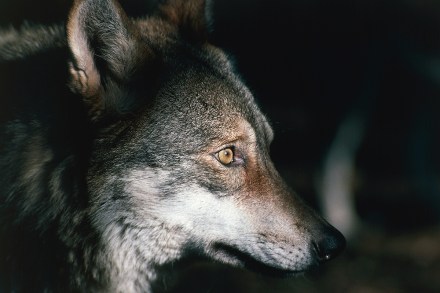The wolf as symbol of European anxieties
On 19 December 2011, at around 3.30 a.m., a young wolf in the mountains of southern Slovenia trots away from his pack and never looks back. For the next 90 days or so, Slavc (after Slavnik, the mountain of his home) lopes onwards, hardly stopping, fording fast rivers and traversing high passes, until at last, having cut a horseshoe loop through Austria, he crosses into Italy and stops in the picturesque Alpine plateau of Lessinia. More than a decade later, Adam Weymouth follows in the same wolf’s padded footsteps. For Slavc, this is a journey into a landscape of confusing novelties, full of motorways and noise and anti-wolf country folk.


